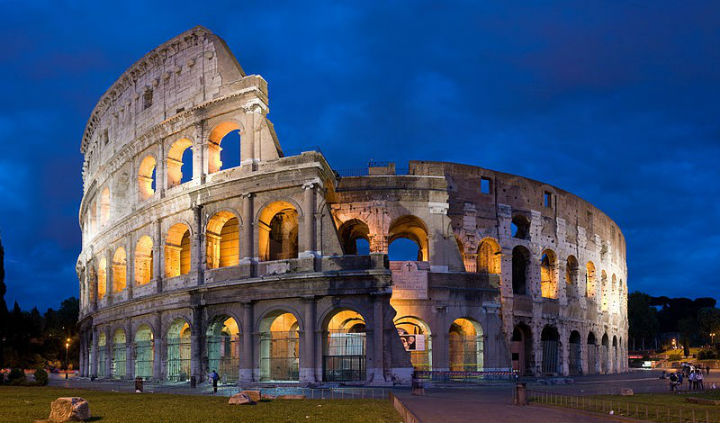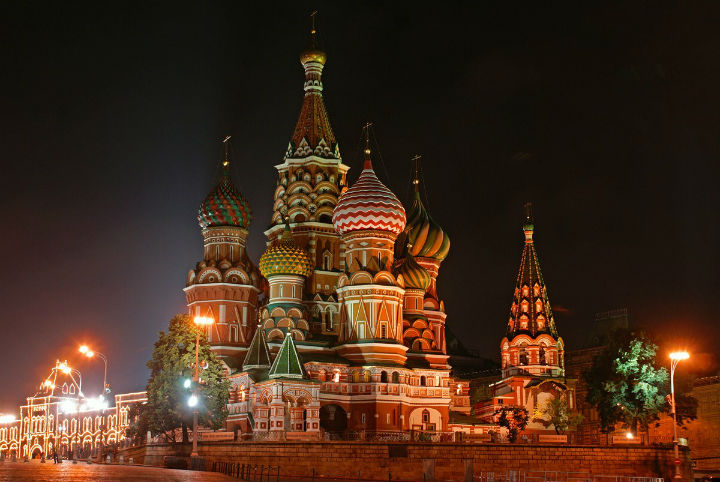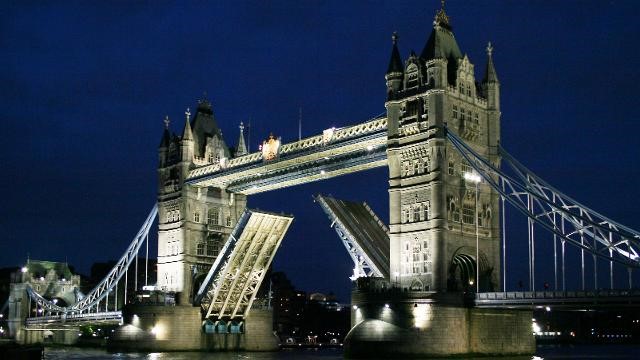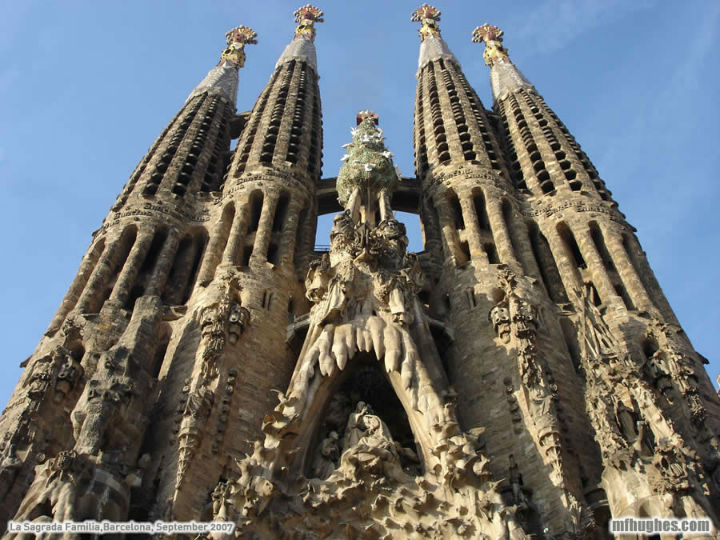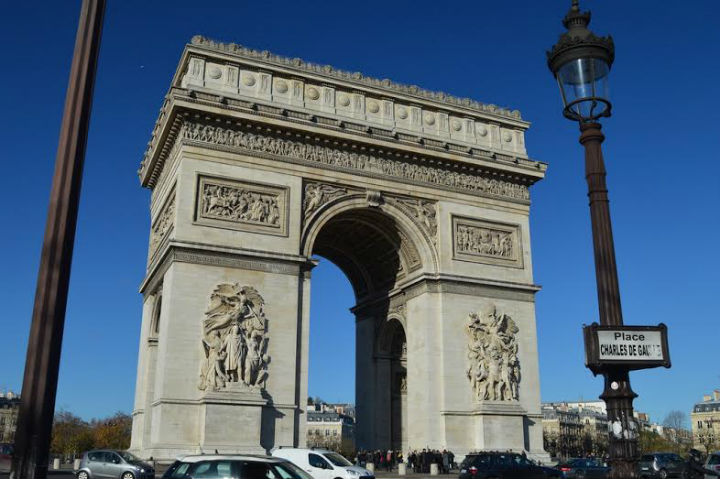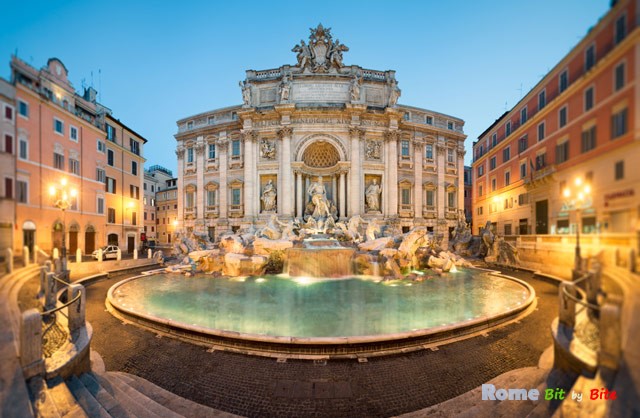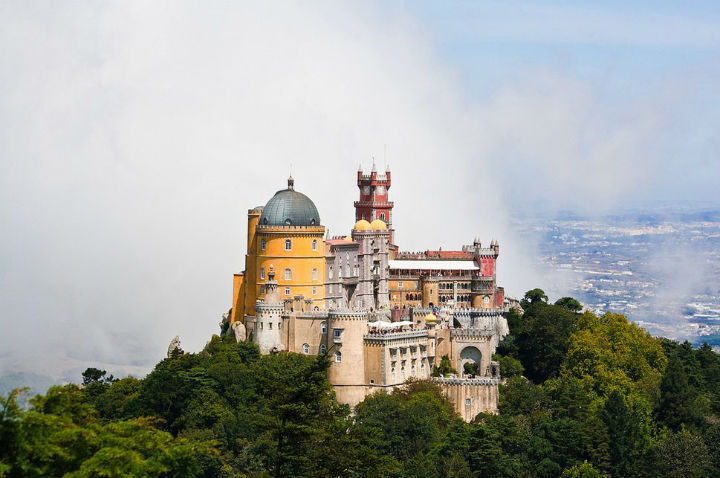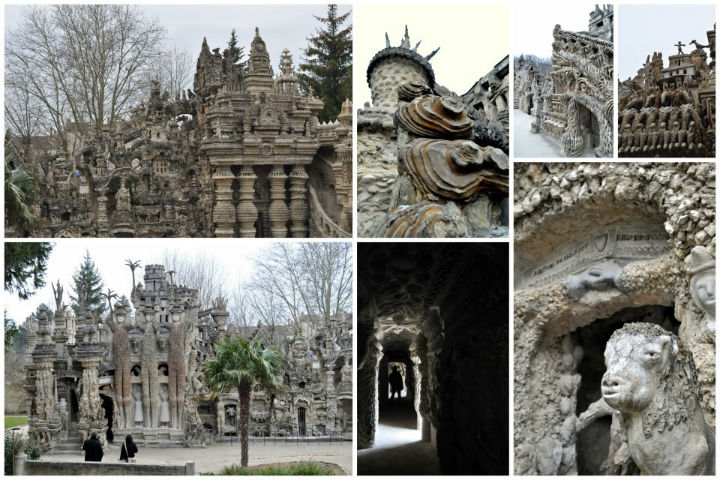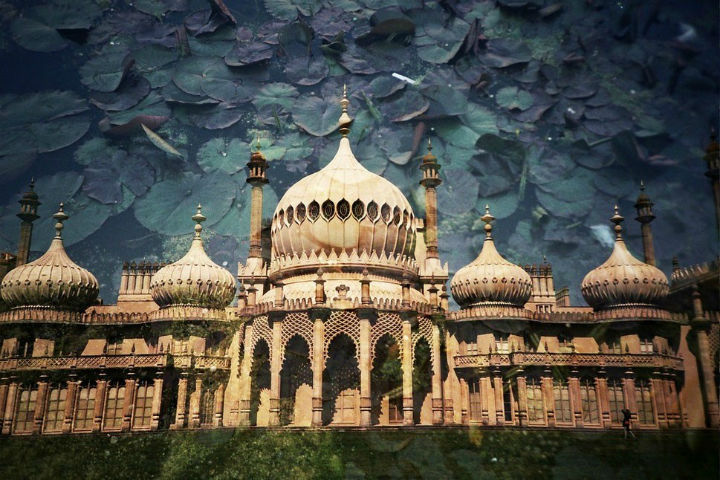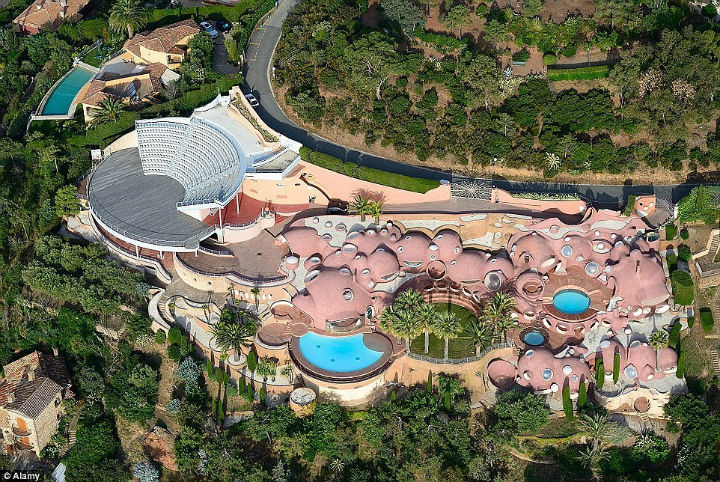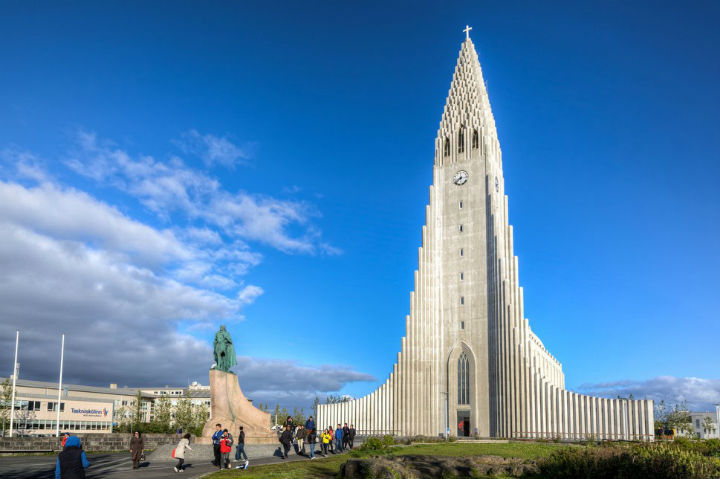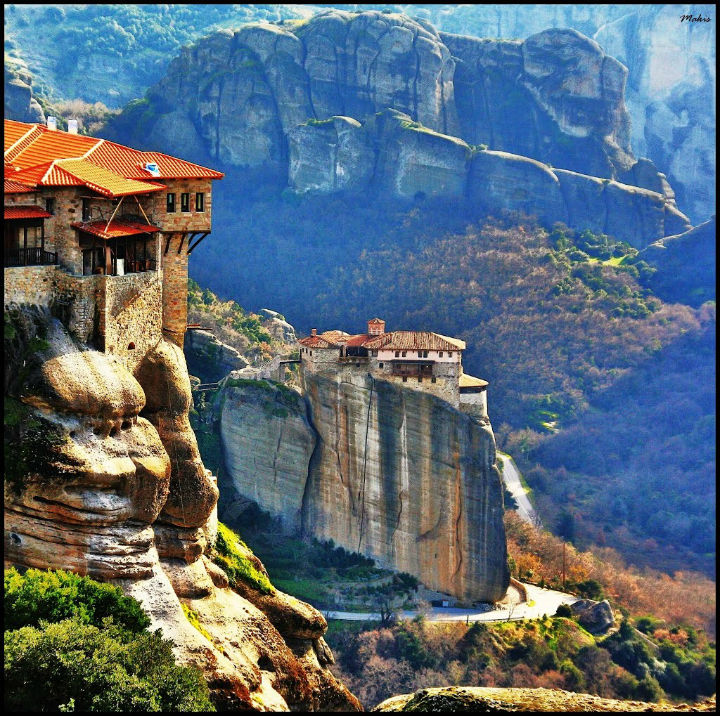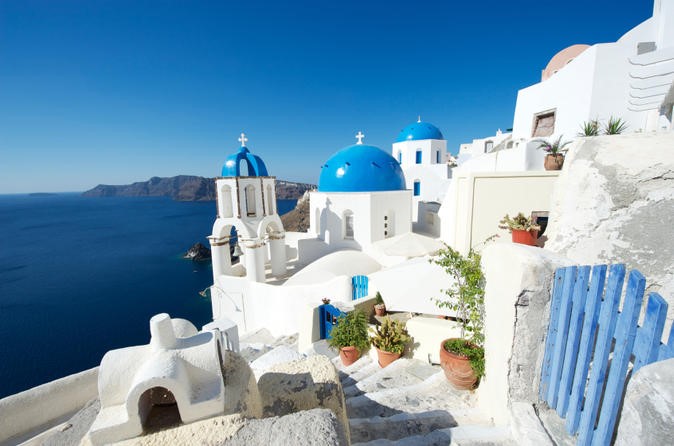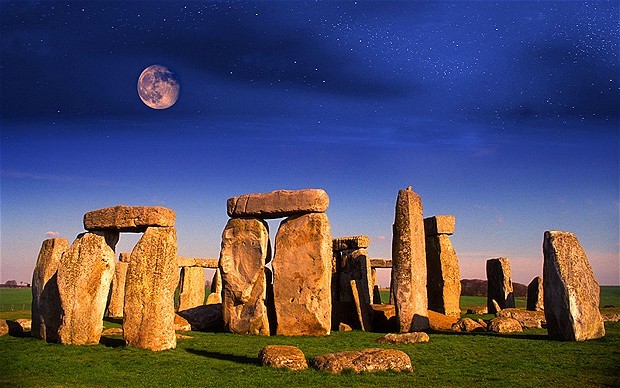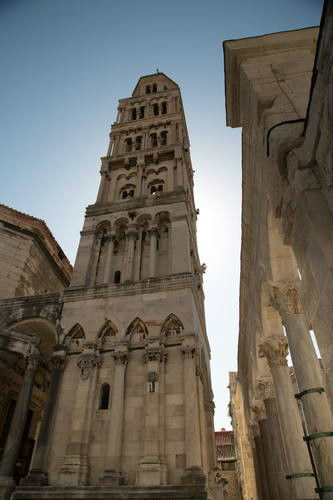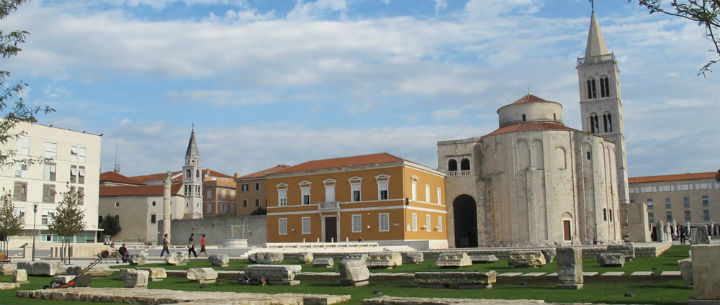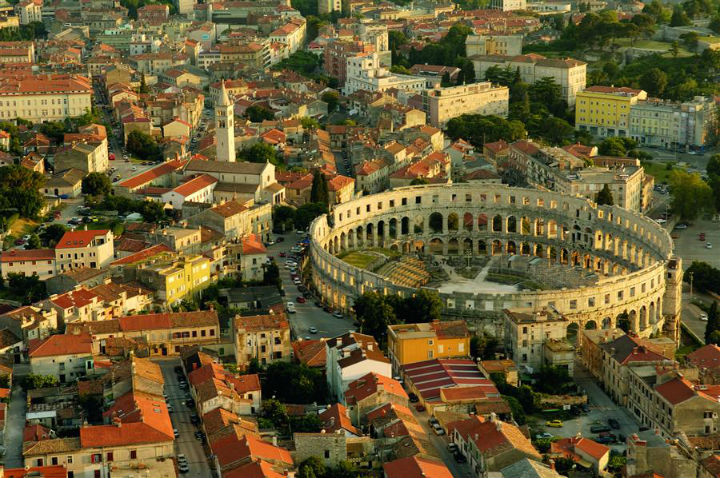1. Eiffel Tower, Paris, France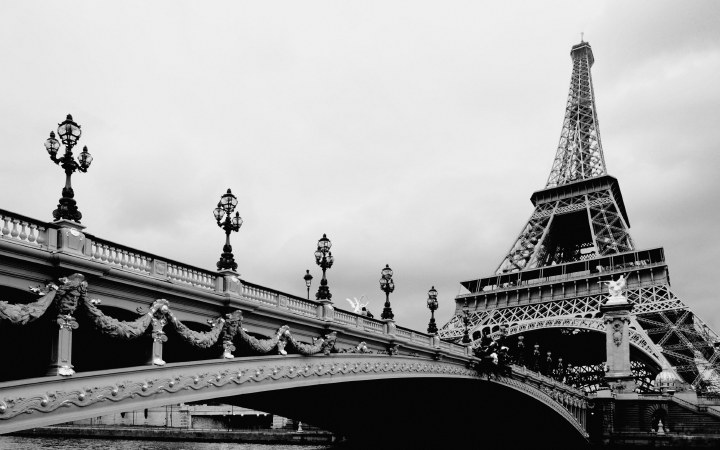
• The Eiffel tower was once repurposed as a giant radio antenna to save it from being demolished in 1909.
• Temperature changes cause the height of the Eiffel tower to change by nearly 16 inches.
• The French were smart: to keep Hitler from reaching the top of the Eiffel Tower during WWII, they cut the cables so his only option was to climb the steps.
• An Australian woman climbed the 1,700 steps to the top of the Eiffel Tower in less than 10 minutes in 2015.
• There are 328 steps just to get to the first floor of the tower.
2. The Colosseum, Rome, Italy
• Over 60,000 Jewish slaves were forced to labor over the Colosseum from 70-80 AD.
• In what could be the longest and bloodiest victory celebration in history, Emperor Trajan in 107 CE hosted contests for 10,000 gladiators and 11,000 animals in 123 days.
• Some estimates show that over a million wild animals and nearly half a million people lost their lives in contests held in the Colosseum.
• Mini naval battles were one way the Romans had fun: by flooding the Colosseum and creating their own shipyards.
3. Big Ben, London, England
• The loud chimes of England’s famed Big Ben can be heard even 5 miles away.
• Old English pennies are utilized to adjust the pendulum if Big Ben is noted to be running fast or slow. Slightly quick: add a penny, slightly slow: remove a penny. Each penny has an impact of 2/5 of a second on the timing of the massive timepiece.
• Soap and water are the only cleaning materials trusted to be used on Big Ben, and even then only once every 5 years. Window washers with a complex series of rappels carefully work their way down the faces to be sure not to lean on the hands or break the delicate balance.
4. Saint Basil’s Cathedral, Moscow, Russia
• Saint Basil’s Cathedral was nearly demolished by Stalin because it obstructed the parades he had planned for Red Square.
• It is so close to the Kremlin that many people think it was originally a war base as it looks like a fortified complex.
• Built between 1555 and 1561, St. Basil’s did not receive its colorful exterior until nearly 200 years after construction was complete.
• The capture of the Kazan, stronghold of the Tartars, was the reason Ivan the Terrible commissioned the cathedral to be built.
5. Leaning Tower of Pisa, Pisa, Italy

Leaning Tower of Pisa, Pisa, Italy
• The building of the Leaning Tower of Pisa took from 1173 to 1372 to be built, as it was stopped over 100 years for one war and again in 1284.
• It is likely that even a small earthquake would make the famous historical structure topple to the ground.
• Various architects throughout the nearly 200-year building period attempted to keep it from falling over by adding curvature to the building itself.
• The first time in the long history of the building that it has stopped leaning was in 2008 when engineers found it to be finally stable.
6. Tower Bridge, London, England
• The bridge has never malfunctioned, yet human error caused the bridge to open slightly while a double-decker bus was crossing it, driven by Albert Gunton. His bravery in jumping the bus a short gap earned him 10 pounds.
• More than 50 designs were submitted for this landmark bridge, and in a contest surrounded by controversy, the plans by one of the judges was the one finally approved and built.
• When the bridge opens once a day, it’s a sight to behold. However, if you want to take a boat through this opening you have to book it in advance – even though there is no charge.
7. Sagrada Familia, Barcelona, Spain
• A UNESCO World Heritage Site, the large Roman Catholic Church was designed by architect Antoni Gaudi in 1882 and has yet to be completed.
• The architect’s life was cut tragically short in 1926 by a tram accident, and he was buried within the crypts of the stunning Roman Catholic basilica.
• When complete, the church will rise to a height of over 560 feet, and will be 95 meters long and 60 meters wide.
• The expected completion date of the project is not until 2041, and even that “early” date wouldn’t be possible without the aid of computer models used starting in the 1980s to speed up the process.
8. Arc de Triumph, Paris, France
• Get the best possible view of Champs- Élysées and the surrounding neighborhoods from the pinnacle of the Arc, 50 meters in the air.
• It was completed in 1836; Napoleon missed seeing the completion of his dream by 15 years.
• The soot that is part of a large city like Paris is so detrimental to the building materials that the Arc de Triomphe must be cleaned on a regular basis to keep it white and shining.
• If not for the intervention of the French Government, the Arc de Triomphe would be a massive three-story elephant shaped building that would be entered through the stomach.
9. Acropolis Of Athens, Athens, Greece
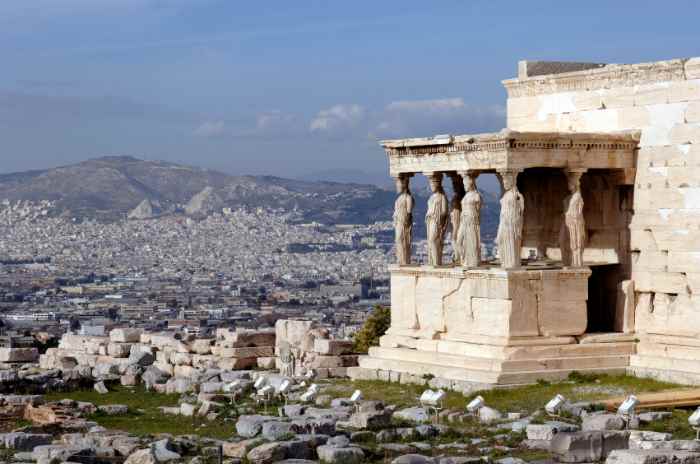
Acropolis Of Athens, Athens, Greece
• Starting the so-called “Golden Age of Greece”, the building of the Parthenon was commissioned by Pericles who was a Greek politician and the founder of the city of Athens.
• A temple to the Greek goddess Athena is the basis for the Parthenon, which stands on the Acropolis of Athens.
• Acropolis literally means “high city” in Greek, and while many other cities have an acropolis, when you see the term capitalized it is generally referring to the resting place of the Parthenon.
• Sacred caves used for rites for other Greek deities such as Dionysus are visible from the Acropolis, making it an excellent starting point for further exploration.
10. Trevi Fountain, Rome, Italy
• While the fountain appears to be in relatively good shape, there is a movement underway by Fendi, an Italian fashion company, to begin a 2.2 million Euro restoration, the most thorough in history.
• Caritas, a Catholic charity for needy families in Rome, is the beneficiary of the approximately 3,000 Euros swept from the fountain each evening.
• The water in the Trevi fountain is special, traveling via the Aqua Virgo aqueducts 21 kilometers away from Salone Springs to supply the historical fountain and others in Rome’s center.
11. The city of Dubrovnik is a living monument, Croatia
• This Mediterranean seaport city is surrounded by the most beautiful beaches in the world, and was established in the 7th century.
• Nearly 2 kilometers of fortifications and ancient walls surround the fanciful Baroque style architectural creations.
• The City of Dubrovnik is actually an independent state, something that is especially important to the United States. Dubrovnik was the very first country to acknowledge the sovereignty of the U.S. from the English.
• Dubrovnik has long valued freedom: they were the first country to abolish the trading of slaves as far back as the 15th century.
12. Cristo Rei Statue, Lisbon, Portugal
• When Portugal was spared during WWII, the country erected the monument as a ‘thank you’ to God.
• The 98-foot statue stands proudly on top of a 26-foot pedestal, with arms that stretch nearly 100 feet wide to take in all of Christianity.
• Cristo Rei can be loosely translated to ‘Christ the Redeemer’ from the native language of the Portuguese people, who consider it a major cultural icon.
• While construction was completed in 1931, the statue was not consecrated until 2006, and is now considered one of the New Seven Wonders of the World.
13. The Pena Palace Sintra, Portugal
• Considered one of the most amazing tourist attractions around Lisbon, the so-called Pena Palace is surrounded by 200 hectares of panoramic viewpoints, tree-lined walks, and hidden lakes.
• No changes have been made to the state rooms since 1910 when the Portuguese royal court escaped the revolution by fleeing to Brazil.
• Palacio Pena translates loosely to ‘Feather Palace’, a fitting moniker for this palace in the sky that seems approachable only by birds.
• The German architect, Ludwig von Eschwege, created a mix of revival styles when designing the estate including Renaissance, Egyptian, and even Oriental. The palace is now a national museum.
14. The Ferdinand Cheval’s Ideal Palace, Hauterives, France
• Created over a period of 33 years, the Ideal Palace is the realized dream of Ferdinand Cheval – a rural postman who stumbled upon an oddly-shaped stone and decided to bring his dream to life in his garden.
• A self-taught stonemason, Cheval’s inspirations included the illustrated magazines that he was delivering as well as postcards and nature.
• Alone with his postal route and his wheelbarrow, Cheval would pick up stones across his 18 mile rounds through the country. His dream palace was finally complete in 1912 when he was 76 years of age.
15. Royal Pavilion, Brighton, England
• Brighton represents the largest resort near the seaside on the south coast of England, and is famous for The Lanes, an electric beach railway as well as the stunning pier.
• Every corner of the United Kingdom and world contributes to the 8 million-plus visitors that the East Sussex resort attracts.
• The Prince Regent was advised by his doctor to take more sea air for his gout, leading to the building of the Pavilion at the end of the 1700s.
• While it was begun in 1787, it took three stages of building with the most recent by architect John Nash in 1815.
16. Bubble Palace, Cannes, France
• The decadent and bizarre Bubble Palace was built by a famed Hungarian architect and was inspired by the look of a series of prehistoric caves.
• Pierre Cardin is the most recent owner of the Bubble Palace, and the famous Italian-born fashion designer continues to host high-fashion runway shows and a string of wild after-parties as well as numerous photo shoots and celebrity parties.
• This relatively recent building points to the South of France’s continued popularity as a vacation spot for the rich and famous of the world.
• The complex takes up nearly 1,200 square kilometers on the hills of Cannes
17. Hundertwasser House in Vienna, Austria
• The home was designed by Josef Krawina, and while it is often known by its common name of Hundertwasser House, the formal name is Hundertwasser-Krawina house for the Austrian’s heavy involvement in the planning and execution stages of building.
• The fascinating building was fully completed in only two years, between 1983 and 1985, and the city of Vienna presented Krawina and his co-architect free rein on the design.
• The Hundertwasser House is truly a home – inhabitants are allowed to decorate the façade entirely to their own taste, and many have chosen to add to the city’s green oasis feel with an abundance of shrubs and trees on the numerous balconies.
• While the Hundertwasser-Krawina House is not open to the public, only a few hundred meters away the Kunst Haus Wein contains a permanent exhibition of some interior décor elements.
18. The Church of Hallgrimur, Reykjavik, Iceland
• Also known as the Hallgrimskirkja, the Church of Hallgrimur is a Lutheran church located on a hill near the heart of the city and is considered one of the country’s most striking landmarks as well as being the biggest church.
• Representing the natural Icelandic landscape, the church’s tall spires reach to the heavens just as the volcanoes, basalt columns and ice caps do.
• Built in 38 years, the majestic landmark was started in 1945 after an extensive period of design discussion. The church was not consecrated until nearly 10 years after it was brought to completion, in 1986.
19. Meteora, Thessaly, Greece
• Twenty-four monasteries were built in spectacular fashion in the sky, yet only six remain after bombings and raids in WWII, when many of the art pieces were stolen and never recovered.
• The monasteries remain almost inaccessible to this day, and they were built in the 15th century despite inconceivable difficulties.
• Many of the monks have now left the facilities, yet visitors are still required to cover their shoulders and long skirts or pants must be worn at all times.
• The location is considered a UNESCO World Heritage site.
• Meteora means “suspended in the air”, a great description for these high aeries.
20. Blue Domed Church in Oia, Santorini, Greece
• The color of the dome is painted to perfectly represent the stunning blue of the Greek sky.
• There is not really one specific church with a blue dome – there are dozens, each in a more beautiful setting than the last.
• Each blue-domed church represents the Greek lifestyle of amazingly blue water and sky, easy living, and is the color of everyday life.
• The island of Santorini is the most iconic of the Greek islands, and is thought to be the inspiration for the lost city of Atlantis legends.
• Santorini was technically a group of islands in a circle until 1500 BC when a volcano brought them together as a land mass.
21. Brandenburg Gate in Berlin, Germany
• The Brandenburg Gate has long been a symbol of division between Eastern and Western Germany, until 1989 found the gate finally reopened after the fall of Eastern Germany when it became a reunification symbol.
• The Quadriga statue at the apex of the Gate was once stolen by Napoleon in 1806 where it was kept in Paris until his defeat in 1814.
• The Roman goddess of victory, Victoria, is driving the Quadriga chariot.
• Historically, only the royal family was permitted to walk through the central arch, with “lesser folk” being required to wander through other arches.
• King Friedrich Wilhelm II originally built the arch in 1791 as a symbol of peace.
22. Stonehenge, Wiltshire, UK
• Consisting of a ring of standing stones, Stonehenge is one of the most recognizable and famous sites in the world.
• Historians, archeologists and the public have been fascinated by this mystery for thousands of years. While there is some discussion as to the exact date, the ring of standing stones is estimated to have been built as early as 3,000 BC and is considered one of the Seven Wonders of the Medieval World.
• In an unbelievable feat of geometry and mathematics, the early builders of the historic site were able to align it with not only the midwinter sunset but also the midsummer sunset as well as the moon’s northerly and southerly setting location.
23. Palace of Diocletian, Split, Croatia
• The living heart of the city, the Palace of Diocletian is neither a palace nor a museum, and instead contains a bustling mix of labyrinthine streets that are home to myriad shops, restaurants, and bars.
• Construction took a total of 10 years for completion, and Diocletian spared no expense in its creation – importing columns and sphinxes from Egypt as well as marble from Greece and Italy.
• The palace, which was built from lustrous white stone, faces the harbor. The majority of the stone was sourced from the nearby island of Brac and it is considered one of the most imposing of the Roman ruins still in existence.
24. Church of Saint Donat, Zadar, Croatia
• A 9th century circular-shaped building, the Church of St. Donat is considered one of the most well-known of Zadar’s many monuments.
• The perfect example of a “court chapel” model doesn’t have a direct model, as other structures such as the Palatinska chapel in Aachen.
• Originally dedicated to the Holy Trinity, the Church of Saint Donat was consecrated again in the 15th century to take the name of Zadar’s Bishop Donat, who commission its building.
• The church’s interior contains clear original columns from the Roman Forum as well as stone slabs from that period.
• The historic church is now a popular venue for musical events and is no longer used for religious purposes.
25. Amphitheater Pula, Croatia
• Commonly known as the Arena of Pula, the Amphitheater is the starting and ending points of many sightseeing tours in the area.
• Once the site of famous gladiator brawls, the Amphitheater is the largest, most important and most famous monument of Croatia and was built in the 1st century AD.
• The Colosseum in Rome was built at about the same time, but the Emperor Vespasian built the Arena of Pula.
• Nearly 20,000 spectators would have been engaged in the gladiator fights during the Amphitheater’s heyday, and like the Roman Colosseum, hundreds of thousands of wild or domesticated animals as well as human gladiators lost their lives there.
26. Mont Saint – Michel, France
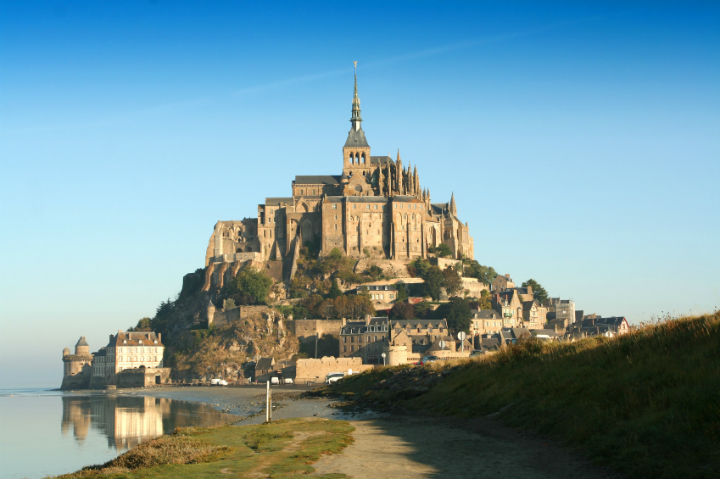
Mont Saint – Michel, France
• The remarkable walled city perches precariously on a small granite outcropping, and is one of the most-visited tourist attractions in and around the Paris, France area.
• As far back as 1979, Mont Saint-Michel was classified by UNESCO as a World Heritage Site, one of the first to be so designated.
• Medieval walls and defenses are still fabulously articulated in this city on a rock, one of the few remaining today that has not fallen to war or the ravages of time.
• Never just a church, the city is small but still boasts day-to-day inhabitants including a mayor, all of whom cater to the million-plus tourists who visit every year.
27. Parliament of Budapest, Hungary
• This magnificent example of Neo-Gothic architecture also displays a touch of Baroque and Renaissance characteristics and is only a little over 100 years old though it looks much older.
• The impressive interior of the Parliament can be visited anytime that the parliament is not in session, so you can glimpse the true beauty of the circa-1902 building.
• The Crown Jewels have been lost or stolen many times over the years, but now they are held at the Parliament for protection. Jimmy Carter returned them from their hiding place in the United States gold reserves in 1978 and they have been safely at the Parliament building ever since.
Related Europe posts:
Top Ten Most Beautiful Castles in Europe
Top 10 Scenic Rail & Train Adventures in Europe

